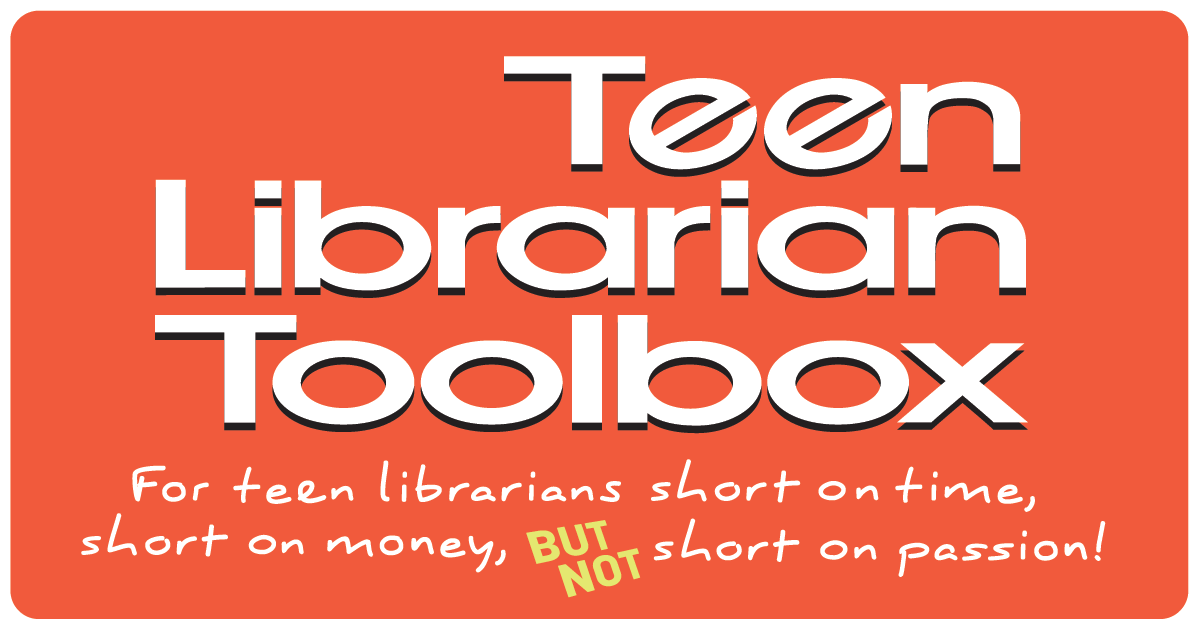Teen Issues: Street Harassment (guest post by Pauline Holdsworth)
 Street harassment isn’t how we envision teenagers learning about themselves. We don’t name it as a form of education or discuss its consequences or argue over its curriculum – and in leaving out the lived experiences teenagers have with harassment in public spaces from our conversations, we’re leaving glaring gaps in what they’re being taught.
Street harassment isn’t how we envision teenagers learning about themselves. We don’t name it as a form of education or discuss its consequences or argue over its curriculum – and in leaving out the lived experiences teenagers have with harassment in public spaces from our conversations, we’re leaving glaring gaps in what they’re being taught. Here’s the kind of education street harassment gives you . . .
 |
| View complete infographic at Hollaback |
Perhaps most powerfully, what street harassment teaches you is that your comfort level, boundaries, and sense of safety aren’t seen as important by the world you live in. Street harassment leads to a slow erosion of consent. Over time, you find yourself saying no less and less frequently. You’re told that girls are supposed to be nice, and you begin to understand that when people say that, what they mean is that girls aren’t supposed to contradict or resist. You smile nervously and try to be polite when strangers approach you on the street, but then when you try to walk away, you’re accused of leading them on. Of asking for it. You are no longer a nice girl. You are an ungrateful bitch.
To learn more and get involved visit these organizations:
ADVERTISEMENT
ADVERTISEMENT
Filed under: 13 Reasons Why, Jay Asher, Street Harassment, Tamora Pierce, Teen Issues
About Karen Jensen, MLS
Karen Jensen has been a Teen Services Librarian for almost 32 years. She created TLT in 2011 and is the co-editor of The Whole Library Handbook: Teen Services with Heather Booth (ALA Editions, 2014).
ADVERTISEMENT
ADVERTISEMENT
SLJ Blog Network
Top 10 Circulated Nonfiction of the ’24-’25 School Year
Fuse 8 n’ Kate: Mr. Lunch Takes a Plane Ride by J. Otto Seibold and Vivian Walsh
101 Dalmations: Lucky’s Guard | News & Preview
When Book Bans are a Form of Discrimination, What is the Path to Justice?
Pably Cartaya visits The Yarn
ADVERTISEMENT







This is an amazing amazing post Pauline (hello fellow Canadian! Your thesis sounds so fascinating!) that touches on a very important topic.
How gross is it that I consider myself “fortunate” to have only ever experienced approx 3-5 instances of street harassment? As if it is inevitable? Every time it has happened I feel sick to my stomach and wanted to cry. It made me feel incredibly vulnerable. Even the one guy who shouted out his window that I was beautiful no matter my size made me feel very uncomfortable. However, on my flight home from studying abroad in England, I sat with a young woman, about age 24 and we got talking. At one point she became distraught and asked if she could tell me something very disturbing. I said OK, and she confessed that on her way to the airport she was at a bus stop with a few other people. There was a creepy man there, and she just thought he was being weird, so tried to avoid eye contact. After a few minutes of his leering she turned in his direction and asked him what he was looking at. Then she realized he had been publically masturbating while staring at her. She screamed at him, told him to leave and get away from her, that he was being gross, to put his penis away. There were people around her who did nothing and it took several minutes for this man to leave. She cried for a good hour or so with me on the plain, us huddled together as I held her and told her that none of it was her fault, providing her resources I could think of like YWCA hotlines and such. She was upset and disgusted, and angry not only at the man but sadly, herself. She kept asking why had it happened (I can't remember but I think he made a remark about her dark skin color) and was angry that she didn't hurt him or call the police. It was heartbreaking!
This also makes me think of a recent line I saw in a review on Goodreads that asked how telling it was that we teach children (probably more so girls than boys) to yell FIRE instead of HELP if they are in trouble!
As for healthy relationships and consent: most recent read that featured this was Dare You To by Katie McGarry. Ryan refuses to have sex with Beth when she is drunk because she is not in her right mind. One of his best friends takes him to the store to buy condoms so they are protected. He also steps in when one of the football players from his school is drunk and attempting to kiss an unwilling girl and have him go off in the woods with him. I was really impressed with it!
Rachelia, thank you for sharing your story. Unfortunately, there are way too many like these out there.
Also, I thought Pauline wrote a fantastic piece as well. I was so moved by the topic and how well she expressed it.
Loved Dare You To, good example